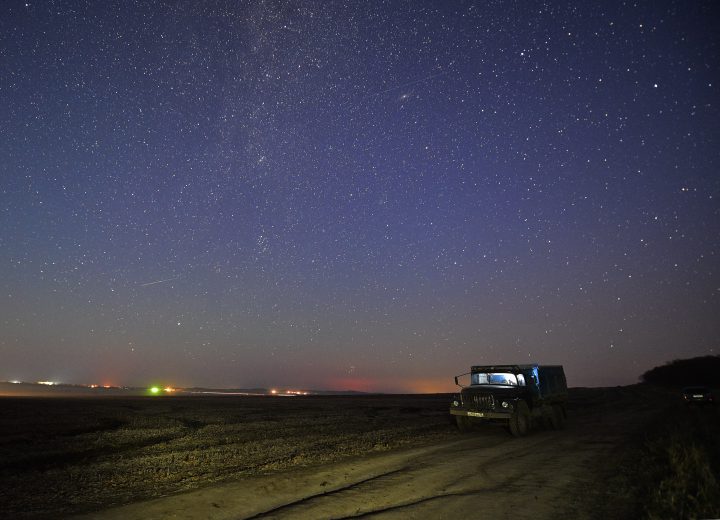One of the year’s most anticipated celestial events will be visible around the world this weekend.

The Orionid meteor shower — one of the fastest and brightest of its kind — is expected to light up the night skies between Friday and Sunday. The maximum activity is expected early Sunday, according to the American Meteor Society.
WATCH: Perseid meteor shower lights up sky

Canadians, too, can get a view of the dazzling event which occurs as debris from Halley’s Comet passes by Earth. The best bet is to find a secluded spot outdoors with clear skies, and minimal city lights, according to Space.com. No binoculars or telescopes are needed.
READ MORE: Millions gaze up to catch a glimpse of the rare sight of solar eclipse

Get daily National news
While in previous years the intensity of the event has been overpowered by moonlight, this year the view is expected to be much clearer.
NASA explained in a blog post that those hoping to catch a glimpse of the event should look toward the star constellation Orion, specifically near its club. The constellation is placed in the sky above Sirius, the brightest star in the sky.
Website Globe At Night helps find Orion in the sky based on location.
This is what Orion looks like over Vancouver:
The best time to view the event clearly is the hours before dawn, where stargazers can catch up to 10 to 15 meteors per hour.
READ MORE: Photo of solar eclipse taken in Lethbridge goes viral
The meteor shower peaks this weekend, but those who miss it might still be able to see some activity until Nov. 7.
WATCH: NASA releases retrospective video as Cassini mission over Saturn comes to an end

While the meteor shower occurs every year, Halley’s Comet itself is only visible from Earth every 75 years. It’s projected to make its next appearance in 2061.
- TD Bank moves to seize home of Russian-Canadian jailed for smuggling tech to Kremlin
- ‘Alarming trend’ of more international students claiming asylum: minister
- After controversial directive, Quebec now says anglophones have right to English health services
- Why B.C. election could serve as a ‘trial run’ for next federal campaign









Comments